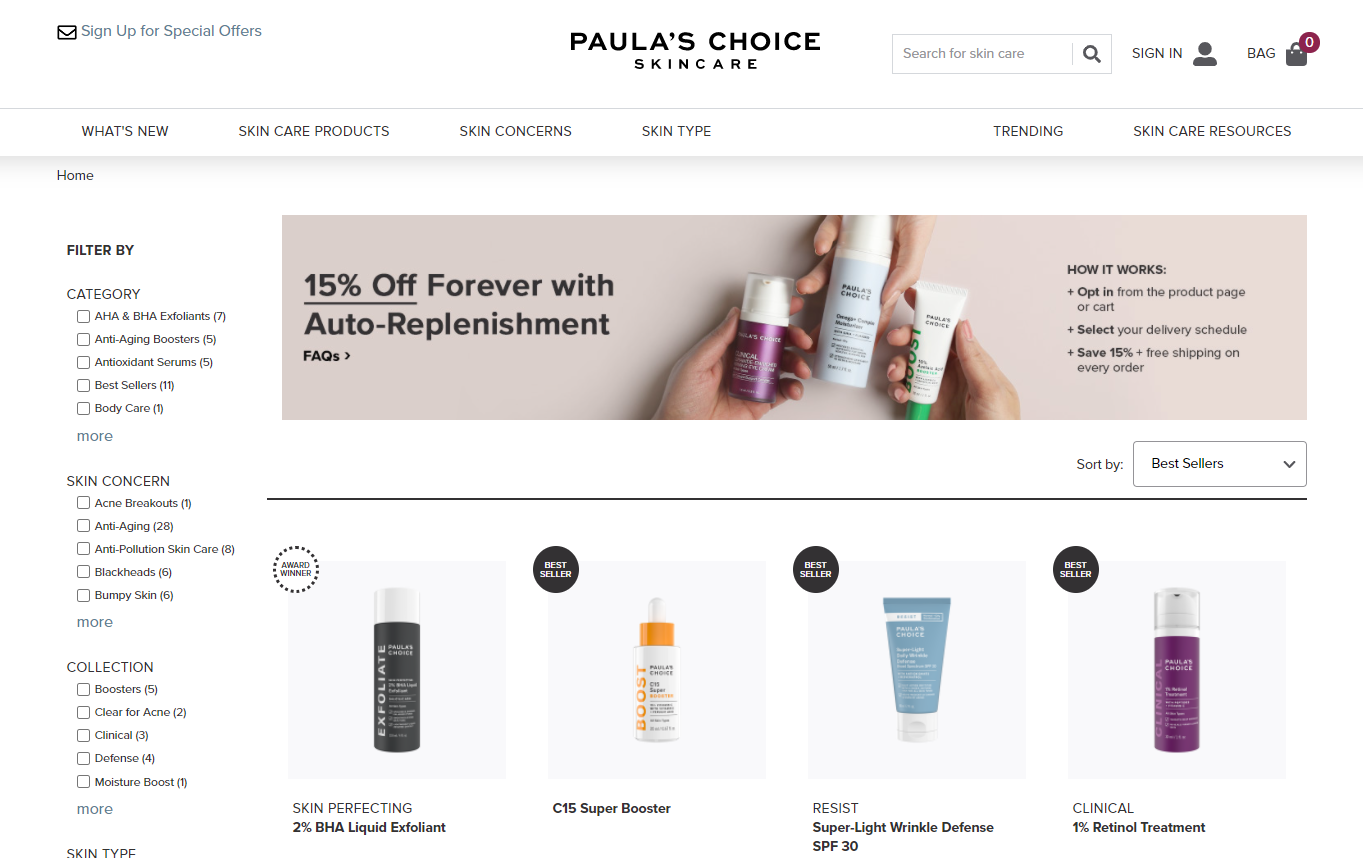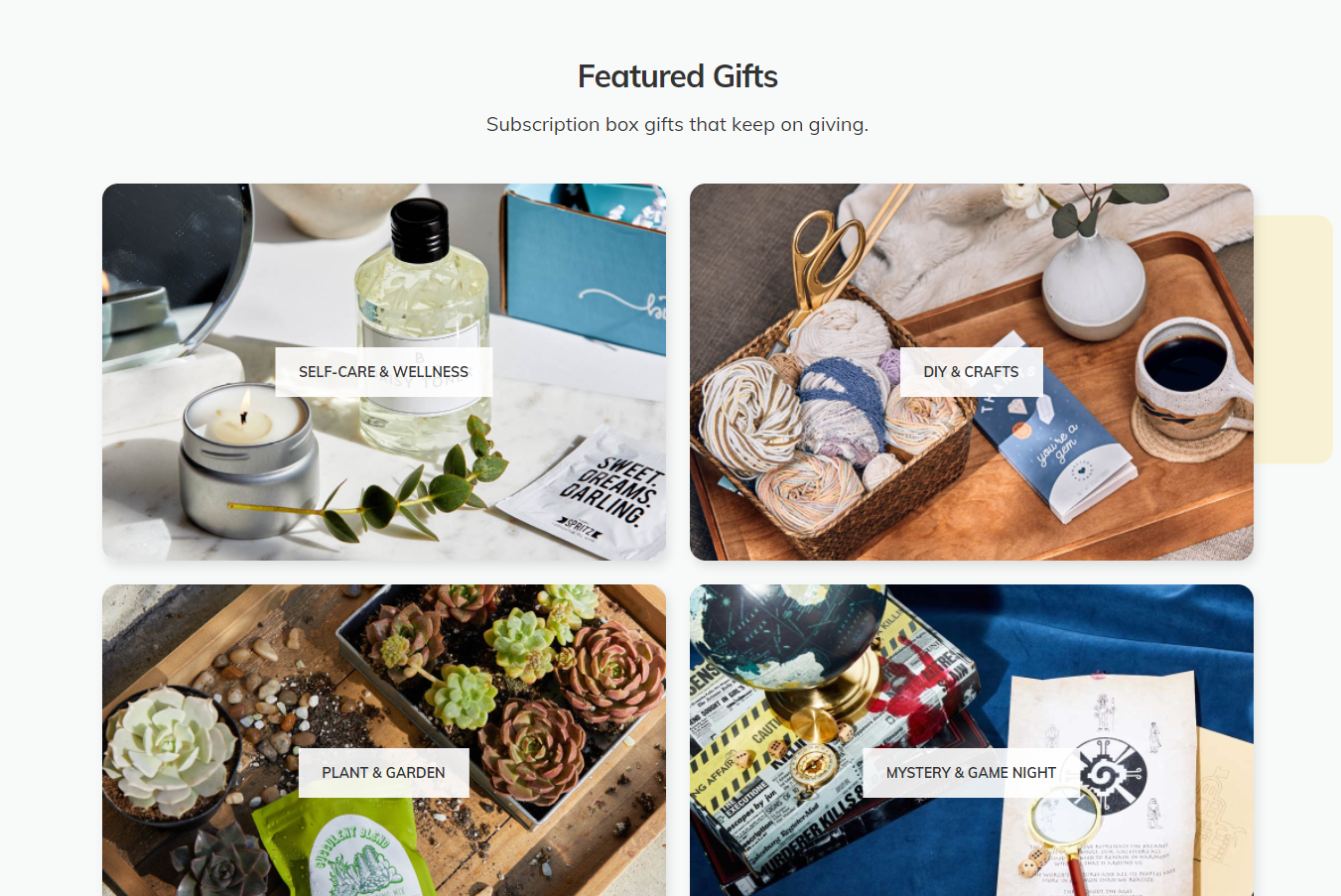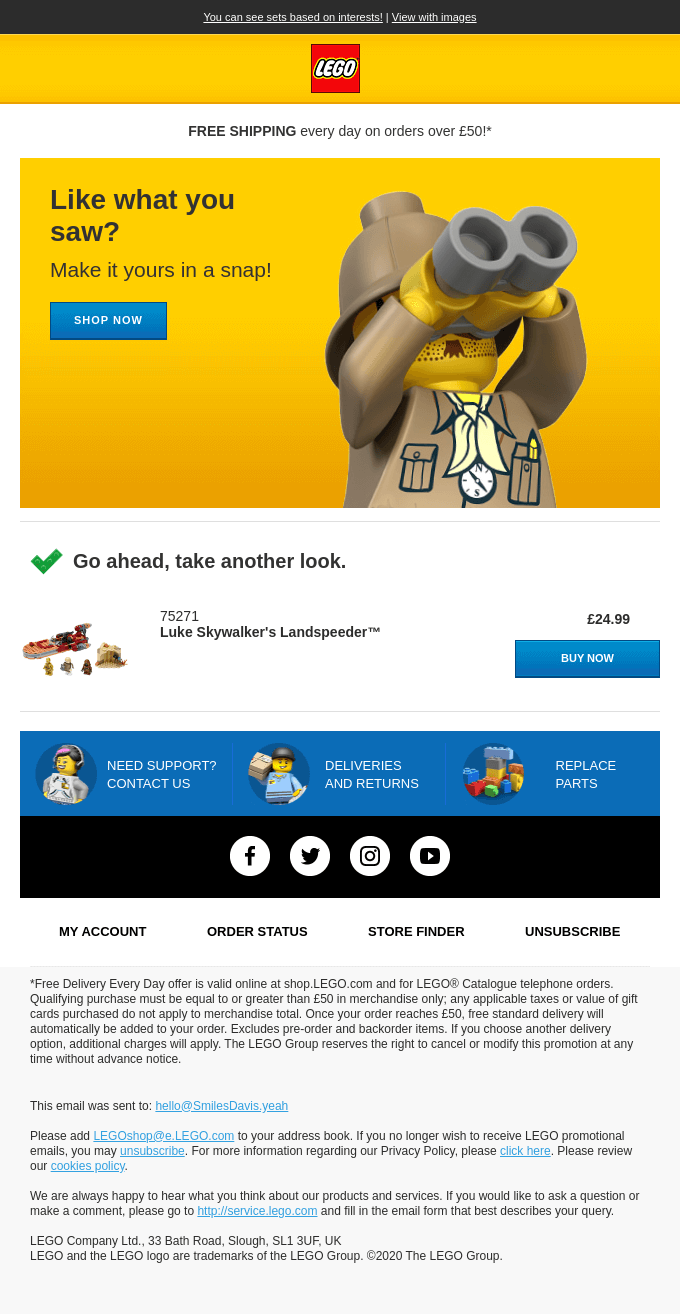
Guide to eCommerce Customer Retention: 10 Ways to Keep Them Coming Back

eCommerce sellers should never assume that a single purchase means a consumer will keep coming back. There are countless brands all vying for your customers’ attention—and marketplaces like Amazon are quickly eroding brand loyalty.
However, taking an active stance on customer retention can improve your chances of bucking this trend. In fact, studies show that a 5% increase in customer retention can lead to a 25% increase in profit.
Check out the tips below to build a strong customer retention strategy, and learn how to turn existing buyers into long-term customers.
The importance of eCommerce customer retention
It’s cheaper to maintain
Recruiting new customers costs five times more than retaining existing ones. This is fueled by the fact that most marketing teams are focused on generating new customers through ads, events, and other costly campaigns.
By contrast, retaining an existing customer could mean leveraging your existing resources and simply reinforcing a customer’s positive impression of your brand. A simple email, quick SMS, or engaging social post could be all it takes. This tends to result in a better ROI.
You’ll land more (and possibly faster) sales
When you’re reaching out to an existing customer, you don’t have to spend as much time educating them about your brand. You can cut to the chase and share relevant information through personalized product recommendations and/or promotions.
Your efforts are likely to result in quicker transactions, since customers already know that they can trust your brand with their money.
It keeps your brand thriving
All in all, customer retention is a major factor of brand longevity and customer lifetime value. If your company is struggling to keep buyers coming back, then you’re losing relevance and missing out on profitable opportunities, like word-of-mouth marketing. For your brand to stand the test of time, you must actively work to keep your brand top of mind.
10 Examples of eCommerce customer retention strategies
So, what can you do to retain more customers? Here are eight tried-and-true strategies that you can test out.
1) Start a loyalty program
One of the best ways to keep customers coming back is by rewarding them for their commitment to your brand. Paleo-friendly food company, Caveman Foods, puts this into practice via its Caveman Club Rewards program.

The brand promises special promos, early access to new products, and a points-based system that helps members save money with every purchase. Caveman goes a step further by offering points in exchange for a ‘follow’ on social media, and a $10 discount when buyers refer a friend.
Read: Customer loyalty programs: 8 Benefits you can provide to encourage repeat customers
2) Offer auto-replenishment
Another way to clinch a sale is by making it ridiculously easy to repurchase from your brand. Subscription services like Paula’s Choice auto replenishment, for example, helps to ensure that customers never run out of their necessities.

Subscribers save 15%—plus get free shipping—on every order and can choose how often their products are auto-replenished.
Read: How to use auto-replenishment as your next subscription strategy
3) Launch subscription boxes
Subscription boxes, such as Cratejoy, add an extra pinch of excitement to every customer interaction. They make customers feel like they’re receiving a present every time they open a box full of new items.

Subscription boxes are delightfully personalized to every recipient, make great presents for others, and are highly Instagram-able, providing an opportunity for your brand to boost its virality.
Read: How to start a subscription box business: 15 Subscription boxes to create today
4) Send out email marketing
Whether it’s a newsletter, promo emails, or abandoned cart messages—going the extra mile and actively emailing your customers can go a long way. Today, only a mere 19% of the top 1,000 eCommerce companies engage in abandoned cart recovery, even though half of customers will likely complete their purchases when asked. Make sure you don’t leave money on the table by forgetting to check in with your customers regularly.

- (Source: Really Good Emails)
Read: 7 Keys of eCommerce email marketing
5) Utilize retargeting ads
Think about all the times you were browsing Amazon, then left, only to stumble across an Amazon Gift Guide post on Instagram an hour later. This is a classic example of retargeting.
After someone comes across your site, you can leverage social media or Google to serve up content that brings visitors back to your site. This is key to modern-day marketing, where it takes around eight branded touchpoints for a buyer to make a purchase.
6) Focus on fast, frictionless delivery
It’s easy for many customers to take quick delivery for granted. But, by keeping your promises (or shipping faster than expected), you can leave a good impression that incentivizes buyers to repurchase from your brand.
Consider, also, how you can make tracking shipments easy. For example, you can notify buyers the moment that their products are packed, shipped, and delivered so that they remain in the loop at all times.
Tip: Optimize your fulfillment operations with the right partner, from prep and packaging to delivery.
7) Give them easy checkouts
How many clicks does it take for someone to find what s/he is looking for on your site? Is there anything within the user experience that’s causing shoppers to ditch their shopping carts?
One culprit could be extra checkout requirements, like forcing buyers to register for an account instead of signing out as guests. Ensure that your UX is smooth from start to finish before inviting customers back to your site.
Read: How to optimize your checkout process
8) Communicate with SMS
One way to provide a great customer experience is by using SMS strategically as a communication channel. You don’t want to lean too hard on marketing via this channel, as it may come across as spammy, especially since it goes directly into their phone’s notifications.
However, if you can capture your buyers’ phone numbers during checkout or give them the option to opt-in to text messages, this is an amazing channel that most consumers check at least 5x every hour.
Try using SMS to confirm purchases, communicate shipping status, and share tracking numbers. This primes your text messages as “useful content” in the minds of your buyers, so they’ll be more receptive to the occasional marketing text (if they’ve opted in).
Read: How to leverage SMS marketing for your DTC business
9) Provide great customer support
Customers always want to feel supported, especially when they’ve encountered issues with their orders. At bare minimum, you’ll want to make sure that your brand is accessible via phone, email, and/or chat when this happens.
Avoid burying your contact information under multiple pages, and make sure to respond to inquiries promptly. Buyers tend to connect best with people, not brands—so make it a priority to offer great customer care.
Read: How to use post-purchase surveys to boost your eCommerce brand
10) Have a clear return policy
Finally, it’s important to have a transparent return policy. Make it easy to find by placing it in your FAQs, or offering a link upon checkout. You should outline how many days a customer has to return an item, what qualifies for a return, and alternative options (for example, if they would prefer to get store credit instead).
Wrapping up: eCommerce customer retention strategies
One of the worst mistakes your business can make is taking your existing customers for granted. Your customers could be some of your biggest brand advocates. Take the time to show them that you care and prove that you deserve their business, now and in the future.

